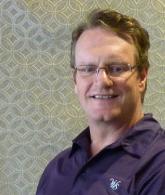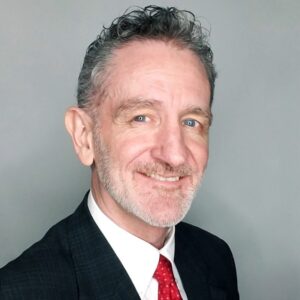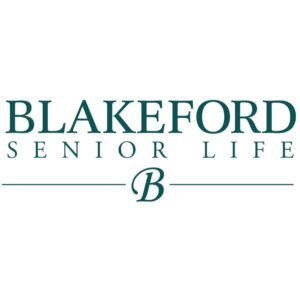Foresight vs. hindsight: Interesting perspectives for those in senior living
Before the old school pen touches the paper, it is vital to understand the goals, objectives, wants and needs of these stakeholders in creating environments for the aging. I refer this as a “foresight perspective—or looking out the window, as Good to Great author Jim Collins would say. It’s about looking into the future of what should be and what could be.
The challenge with this foresight perspective is that much of the stakeholder input is affected by context; the context of their existing communities, previous experiences and their personal paradigms.
At the opposite end of the development continuum, there has been a renewed emphasis on post-occupancy evaluations in recent years. This process represents the “hindsight perspective.” This approach involves looking back—or looking in the mirror, in Collins’ language—to review “how we did.” The same stakeholders are involved, but we expand the participants to include the project architects, interior designers, major suppliers and contractors. From a designer’s perspective, this can be a humbling yet rewarding experience. The wonderful aspect of this hindsight perspective is that all the stakeholders have a common context: the recently completed building.
A key component to this hindsight perspective is team collaboration and longevity. For almost 12 years, I have had the opportunity to engage the same architects and contractors on all of our major retirement developments. Together we have developed more than $90 million worth of environments for aging, mostly in the skilled nursing arena. This consistent team participation and collaboration allows our hindsight perspective to become our foresight vision into what could be and should be—next time. The mirror becomes the window. To borrow from an old movie, we look back into the future.
Next spring, I will be presenting a case study at the Environments for Aging Conference. We will discuss both of these perspectives in transitioning a traditional nursing home into a connected household model. I think you may be surprised.

As Chief Development Officer, Elliott serves on the Executive Leadership Team for Vetter Health Services (www.vetterhealthservices.com). He oversees planning, design, construction, and facilities management in 33 senior living campuses in the Midwest. Elliott is currently Vice President of the SAGE Federation and serves on the AHCA Life Safety Committee. He has served as a juror for the Long-Term Living DESIGN competition.
Related Articles
Topics: Design , Facility management , Leadership











